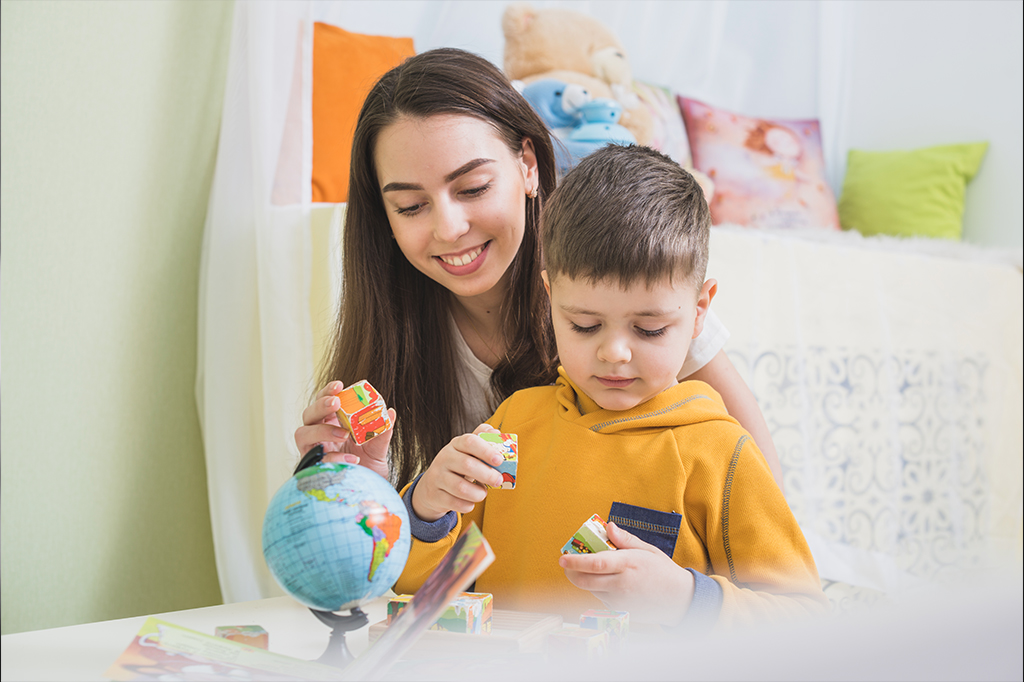Joy, sadness, anger, fear and disgust are the names of the 5 great emotions that drive our lives, and yes, you may ask yourself, how much do I know about these emotions?
The objective of this small article is to learn about this important area in children, because they also experience these emotions and, unlike adults, it is difficult for them to recognize and manage them.
Emotions are reactions to stimuli and circumstances, external or internal. These can be roughly classified as “good-positive” and “bad-negative”, all of them are necessary to experience and not to avoid. However it is important we learn to handle them correctly.
Emotions are a fundamental part of human development, in children they play a role in promoting and acquiring skills in their environment, but on many occasions we tend to minimize them assuming that the child is unable to recognize them.
Each emotion is important and plays an important role, for example fear allows the child to act to defend himself and be alert to situations that may involve danger, disgust helps to choose, to learn to say ‘no’. It helps the child to form a personality : ‘I want this because I don’t like this other’. If disgust did not exist (not understood only as disgust for food, but as rejection of certain things or aspects of life), a child would be an extreme conformist that he would not be able to have a strong personality or make important decisions in life.
Although it is important to teach children to recognize them, the main intention is to manage them properly, this will avoid frustrations, difficulties of expression, isolation and socialization as well as unfavorable behaviors in them. Now, how can I help you? The answer is simplistic as it is based on using our daily experiences to recognize and manage emotions.
You can use cards, videos or children’s stories to begin to recognize emotions, games to make gestures and imitate them and even begin to name the emotions so that the boy or girl understands it through questions “how does she feel?”
Another important strategy is to develop and allow active listening, creating a warm space for dialogue, providing the child with a moment of security and confidence where they can express themselves. It is important to try to develop empathy and avoiding minimizing or ridiculing what they feel or express to us.
These actions will allow greater use and knowledge of emotions, thus facilitating their expression and contributing to stable and healthy emotional development. Always remember to allow the expression of emotion.




